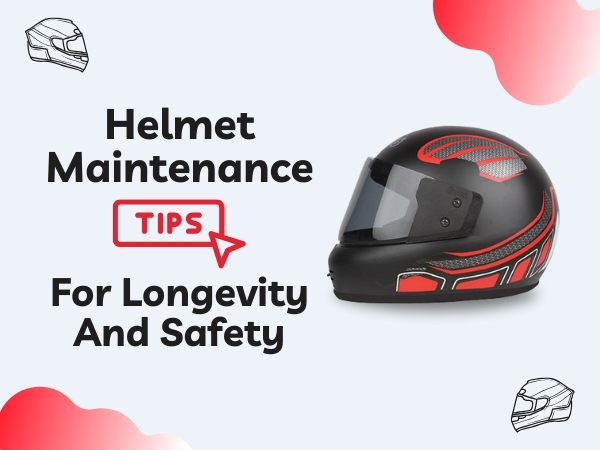1. Regular Cleaning
Regularly cleaning your helmet is crucial for both hygiene and maintenance. Use a mild soap and water solution to clean the outer shell and visor. Avoid harsh chemicals or abrasive materials that could damage the helmet’s surface. For the interior padding, removable liners should be hand-washed gently and air-dried to maintain freshness.
2. Inspecting for Damage
Before every ride, inspect your helmet for any signs of damage. Check for cracks, dents, or scratches on the outer shell that could compromise its structural integrity. Ensure that the visor is clear and free from scratches that could obstruct your vision. Additionally, inspect the chin strap for wear and tear, ensuring it’s securely fastened.
3. Proper Storage
Store your helmet in a cool, dry place away from direct sunlight and extreme temperatures. Avoid hanging your helmet on mirrors or handlebars where it could fall and get damaged. Using a helmet bag or dedicated storage space helps protect it from dust and accidental knocks, preserving its quality over time.
4. Replacing When Necessary
Helmets are designed to withstand a single impact. If your helmet has been involved in a crash or has suffered a significant impact, it’s crucial to replace it, even if no visible damage is apparent. Additionally, helmets should be replaced every five years, as the materials may degrade over time, affecting their protective capabilities.
5. Avoiding Harsh Chemicals
When cleaning your helmet, avoid using harsh chemicals, solvents, or petroleum-based products. These substances can weaken the helmet’s shell and compromise its ability to absorb impact. Stick to mild soap and water solutions recommended by the helmet manufacturer to maintain its integrity.
6. Handling with Care
Handle your helmet with care to avoid unnecessary stress on its components. Avoid dropping or tossing your helmet, as this can cause internal damage that may not be immediately visible. When not in use, place your helmet on a flat surface with the visor facing up to prevent accidental scratches.
7. Fitting Properly
Ensure your helmet fits properly to maximize its protective capabilities. A well-fitted helmet should sit snugly on your head without being too tight or loose. Adjust the chin strap to secure the helmet in place, ensuring it doesn’t shift during rides. Comfort and security go hand in hand with helmet safety.
8. Maintaining Visibility
Maintain visibility by keeping the helmet visor clean and scratch-free. Use a microfiber cloth to gently remove dirt and debris without scratching the surface. Replace the visor if it becomes heavily scratched or damaged, as compromised visibility can pose risks on the road.

